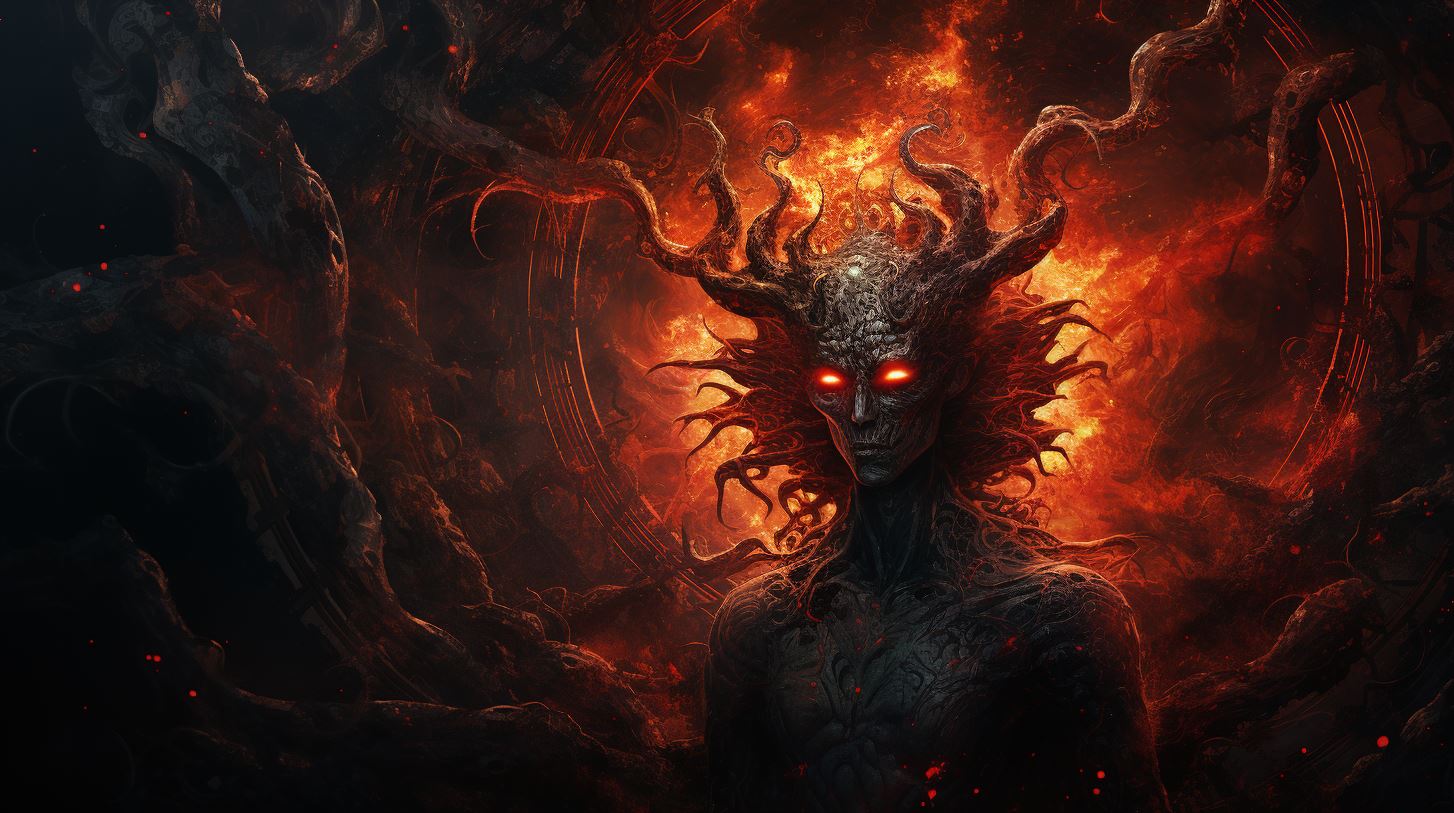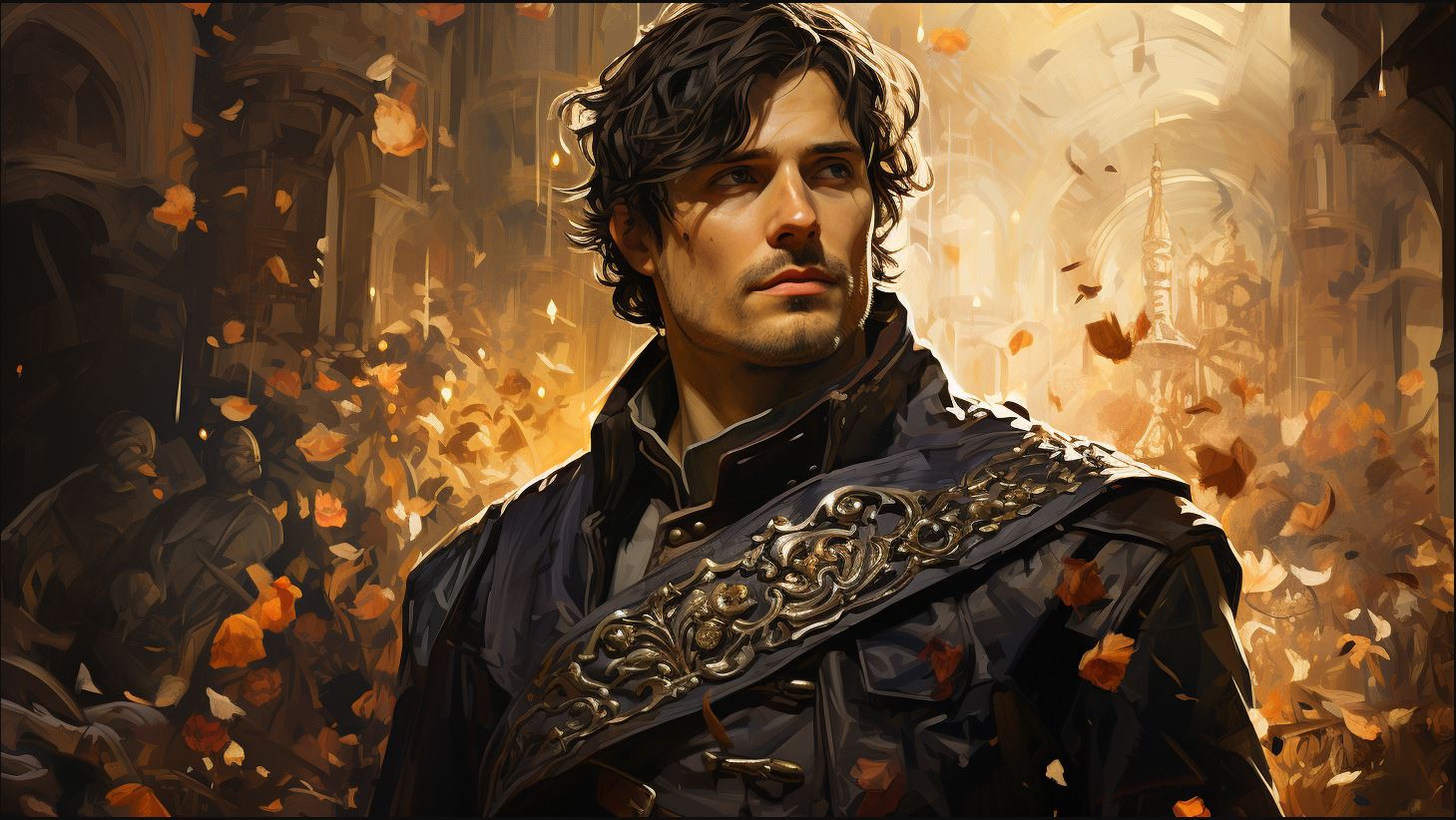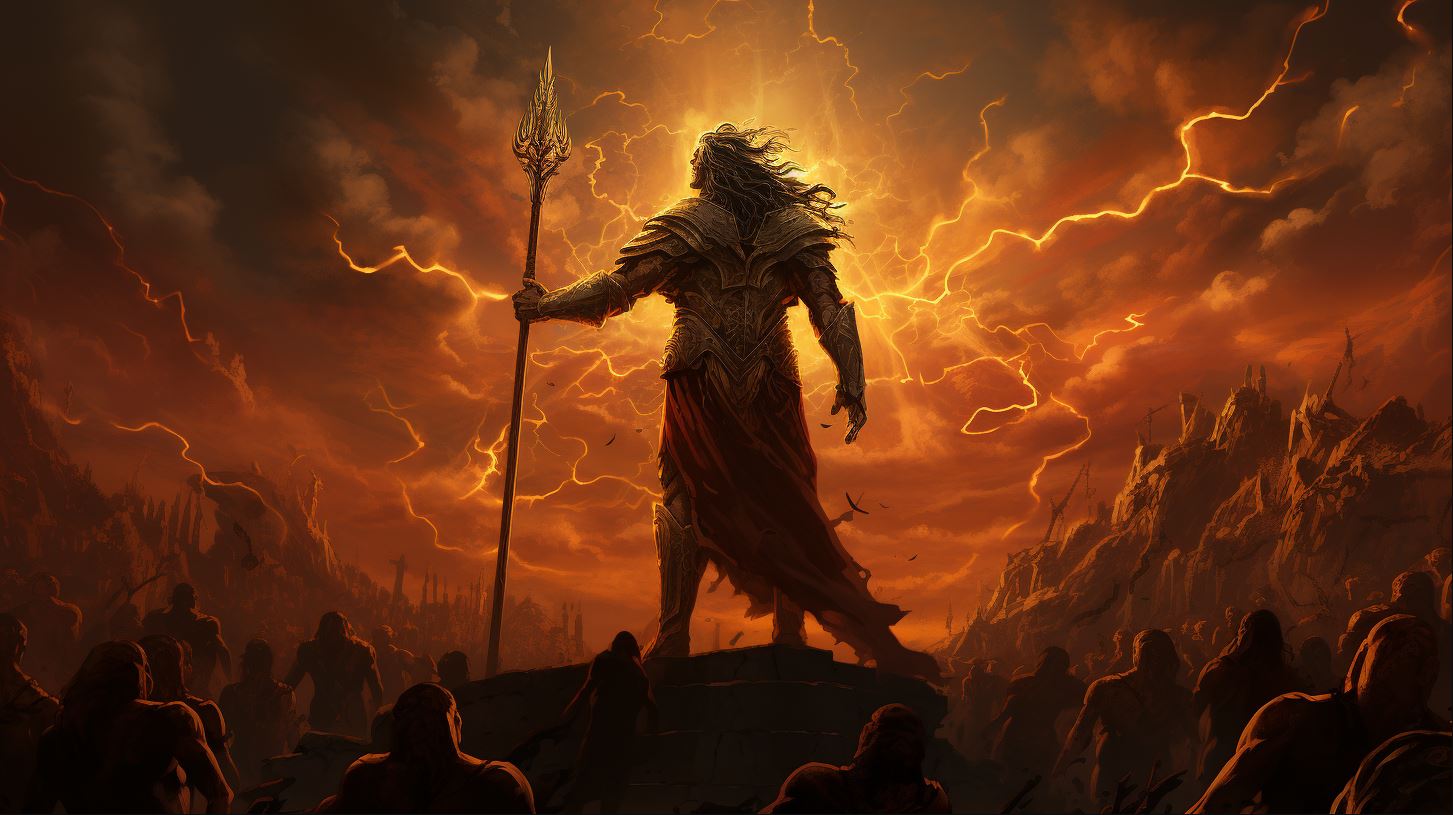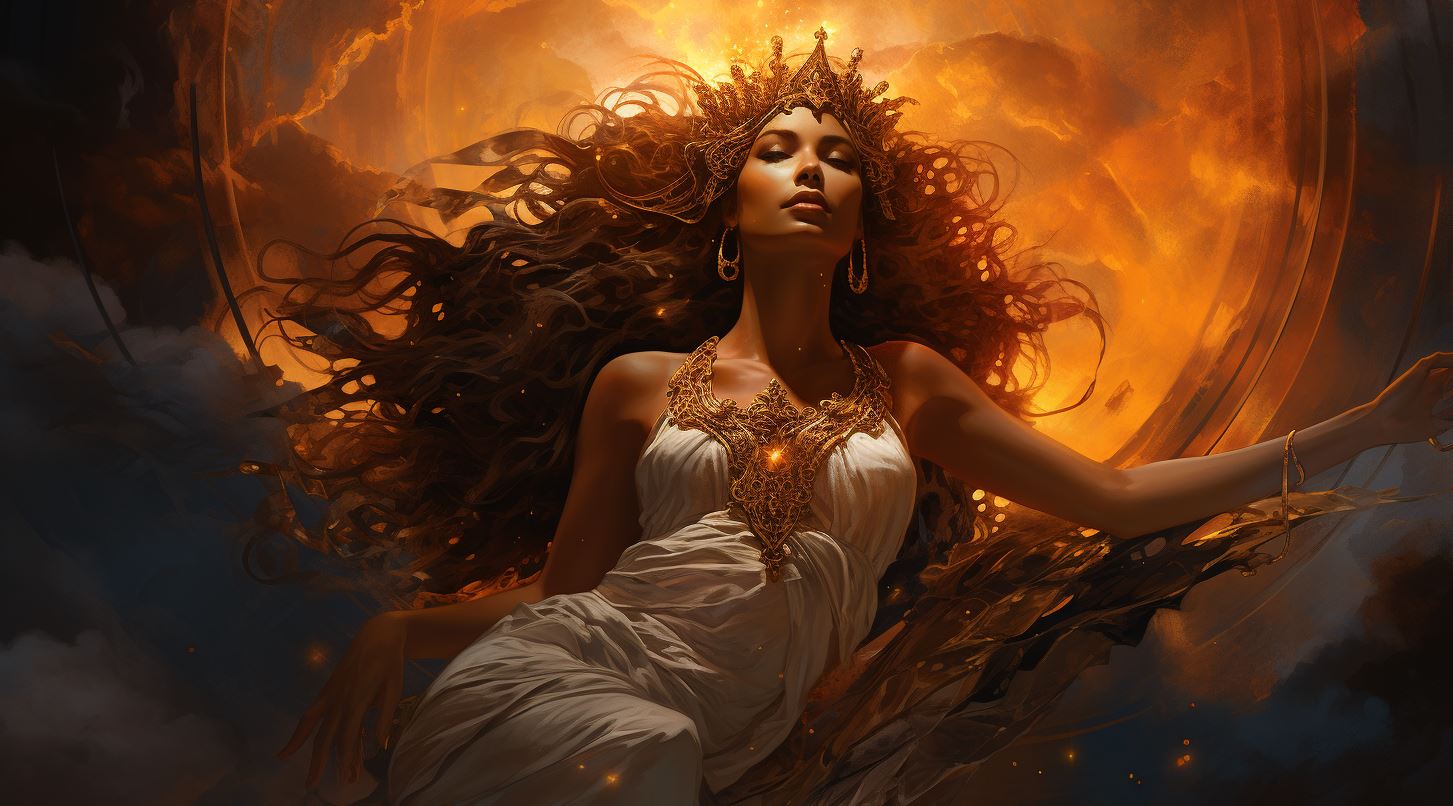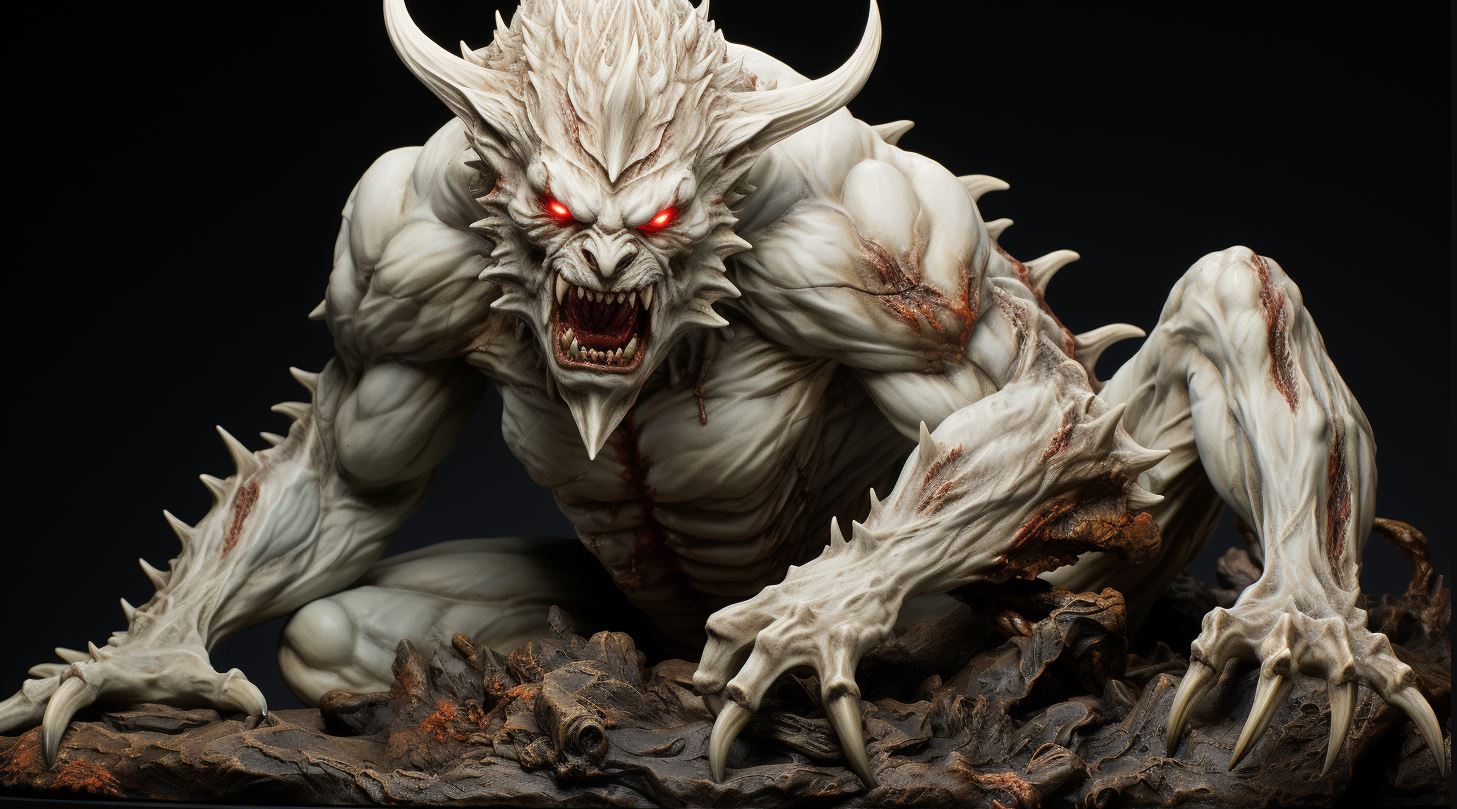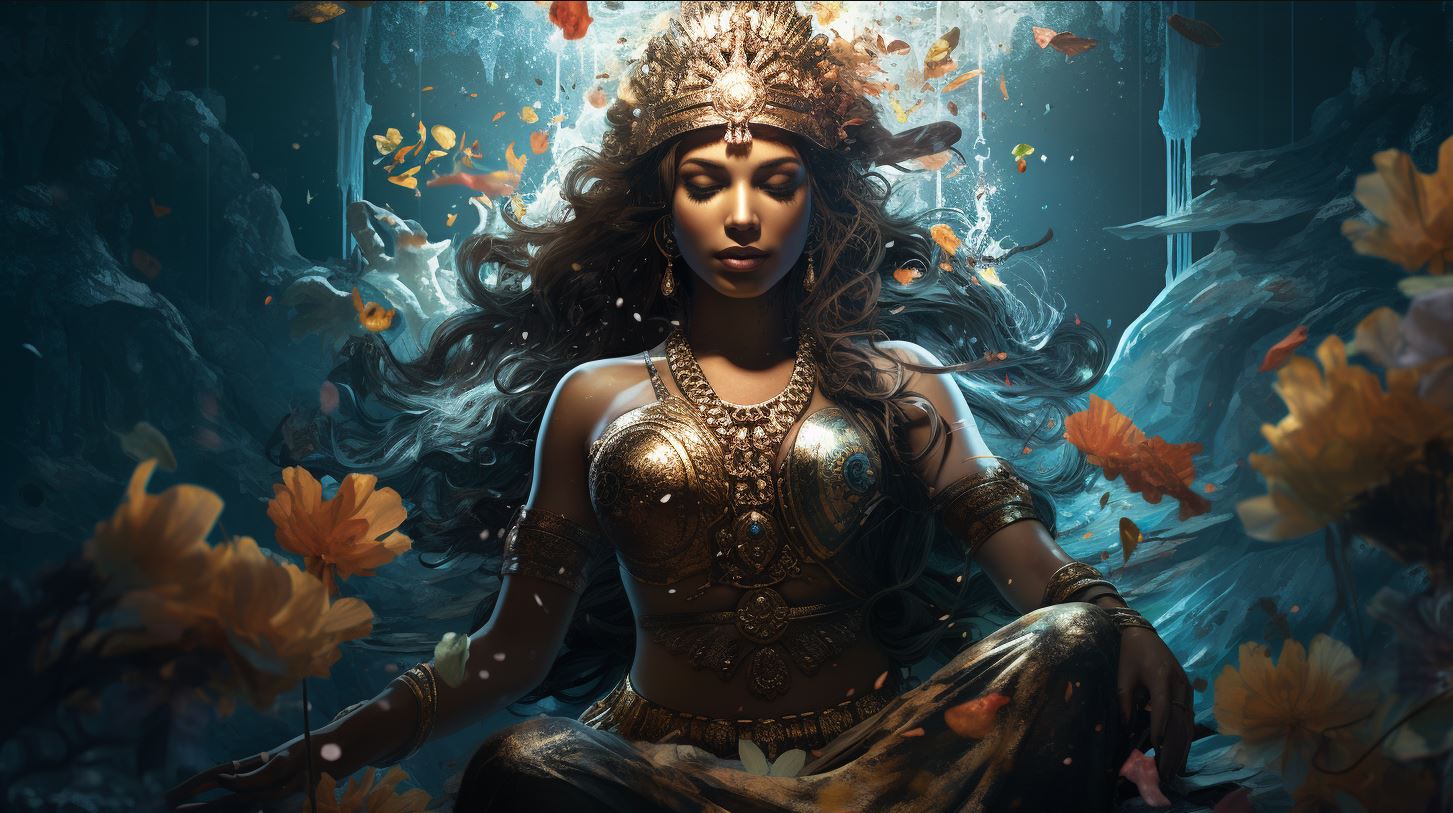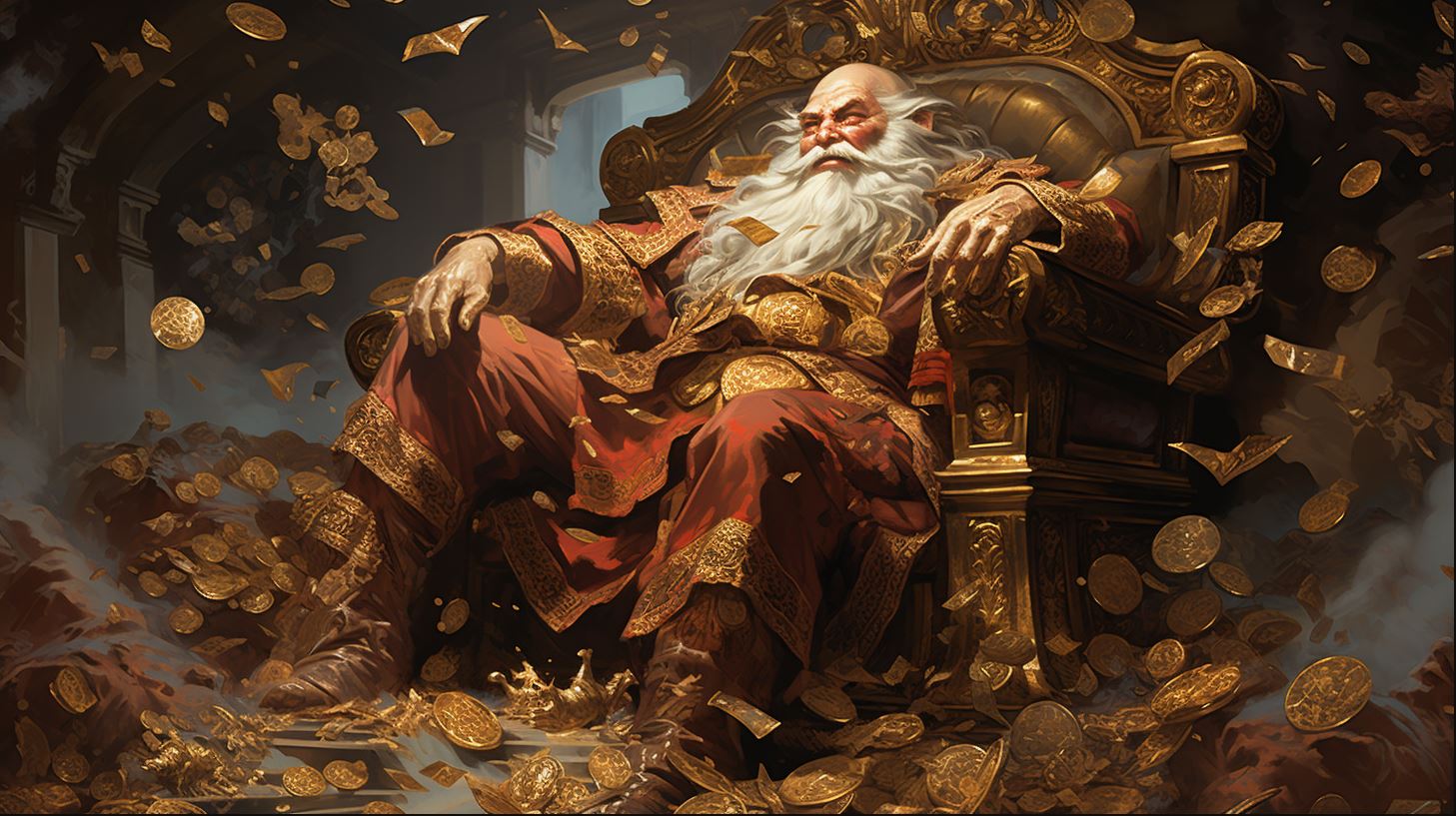Asto Vidatu Demon: Unveiling the Ancient Persian Mythological Figure in Zoroastrianism

Asto Vidatu demon is a prominent figure in Ancient Persian mythology, particularly in the religion of Zoroastrianism. Known for separating souls from their bodies after death, Asto Vidatu is associated with the malevolent demon Aeshma.
This article explores the origins and role of Asto Vidatu, as well as its connection to evil in Zoroastrianism. It also briefly mentions other demons and lesser-known deities in Persian mythology, providing insights into their significance.
Stay tuned as we delve into the intriguing realm of Asto Vidatu and the ancient beliefs surrounding it.
The Origins of Asto Vidatu Demon in Persian Mythology
Zoroastrianism is an ancient religion that holds a significant place in Persian mythology. It encompasses a rich set of beliefs and teachings that have shaped the cosmology and spiritual worldview of the ancient Persians.
Within the depths of this religious framework emerges Asto Vidatu, a malevolent entity that holds a prominent role in Zoroastrian mythology.
Zoroastrianism: The Religion and its Beliefs
Zoroastrianism, founded by the prophet Zoroaster, is rooted in the worship of Ahura Mazda, the supreme deity of light and goodness. This monotheistic religion stresses the eternal conflict between good and evil, with adherents striving to align themselves with the path of righteousness.
Central to Zoroastrianism is the idea of dualism, where the world is seen as a battleground between the forces of good and evil. In this cosmic struggle, evil is embodied by destructive spirits known as daevas, and one such malevolent figure is Asto Vidatu.
The Creation of Asto Vidatu: A Malevolent Entity
According to Zoroastrian mythology, Asto Vidatu was created as a manifestation of the evil spirit Aeshma. As a demon of separation and destruction, it is believed that Asto Vidatu aims to sever the connection between the soul and the body after death, disrupting the natural order of the universe.
The origins of Asto Vidatu remain shrouded in mystery, with ancient texts providing little insight into its exact creation. However, it is widely understood that this malevolent figure emerged as a counterpart to the forces of good, symbolizing the eternal struggle between light and darkness.
The Role of Asto Vidatu in the Afterlife: Separating the Soul from the Body
In Zoroastrianism, one’s soul is considered to be divine and immortal. After death, the soul embarks on a journey towards the spiritual realm. However, Asto Vidatu plays a crucial role in this journey by utilizing a metaphoric rope to capture the souls of the newly deceased as they ascend towards the heavens.
The act of separating the soul from the body is believed to have profound implications for the individual’s afterlife. It is through this process that Asto Vidatu disrupts the harmony and balance necessary for the soul’s ascent into the realm of light and purity.
The exact nature of what happens to the souls captured by Asto Vidatu remains a topic of speculation and interpretation. However, it is widely believed that these souls are subjected to a state of perpetual unrest and disconnection from the divine, falling prey to the malevolence embodied by the demon.
Thus, the origins of Asto Vidatu, its malevolent nature, and its role in separating the soul from the body paint a vivid picture of this enigmatic figure within Persian mythology.
Explore further to uncover the interconnectedness of Asto Vidatu with other demonic entities and lesser-known deities in the realm of ancient Persian beliefs.
Asto Vidatu and its Link to Evil in Zoroastrianism
In Zoroastrianism, Asto Vidatu holds a significant place as a malevolent entity associated with the concept of evil.
Its existence intertwines with the eternal struggle between good and evil in this ancient Persian religion. This section delves into the various aspects of Asto Vidatu’s role in perpetuating evil.
Aeshma: The Principal Demon of Evil
Aeshma, considered the principal demon of evil in Zoroastrianism, shares a close association with Asto Vidatu.
Aeshma embodies the forces of violence, wrath, and anger, which fuel the malevolent nature of Asto Vidatu. Their connection reflects the profound influence of Aeshma over Asto Vidatu’s actions in the realm of darkness.
The Influence of Asto Vidatu in the Realm of Darkness
Asto Vidatu’s presence in the realm of darkness encompasses its formidable power over the separation of souls from their bodies after death. The demon’s methodical use of a rope to capture ascending souls highlights its immense influence in thwarting a peaceful transition to the afterlife.
This malevolence sets Asto Vidatu apart as a formidable figure with a direct role in the process of eternal damnation.
The Power Struggle: Good vs. Evil
The power struggle between good and evil lies at the core of Zoroastrianism, and Asto Vidatu plays a significant role in this cosmic battle. Its malevolent actions, guided by Aeshma’s influence, exemplify the constant conflict between good and evil forces.
As Asto Vidatu seeks to separate souls and disrupt their journey towards the divine realm, the forces of righteousness persist in their fight against this malevolent demon.
Asto Vidatu’s Methods: Soul Capture and Implications
In the realm of Persian mythology, Asto Vidatu possesses unique and chilling methods of soul capture, bringing forth profound implications for those who pass on from the mortal realm.
Let us delve into the enigmatic mechanisms through which Asto Vidatu seizes departed souls and the consequences that befall them.
The Rope of Asto Vidatu: Capturing Souls Ascending to the Skies
Asto Vidatu wields a daunting weapon—an ethereal rope used to ensnare souls as they ascend towards the heavens after death. This celestial cord, intricately woven with mystical enchantments, becomes an instrument of capture, abruptly halting the souls’ transcendence.
Once caught in its intricate web, the souls are left suspended, unable to reach their final destination.
What Happens to the Souls Caught by Asto Vidatu?
Once Asto Vidatu has successfully captured a soul with its treacherous rope, the fate of the departed takes a somber turn. These unfortunate souls become mired in a state of eternal limbo, trapped between realms, disconnected from the cycle of rebirth.
They are unable to find solace or closure, forever denied the peaceful rest they seek.
The Consequences of Falling into Asto Vidatu’s Clutches
The consequences of falling into Asto Vidatu’s clutches are dire. The souls ensnared by this malevolent demon bear the burden of eternal separation from their physical vessels and the realms beyond.
Stripped of their chance to ascend and find spiritual liberation, these lost souls are left with no hope of crossing over into the afterlife. Instead, they become eternally entangled in the treacherous grip of Asto Vidatu, a fate befitting their tragic encounter.
Other Demons in Persian Mythology
In addition to Asto Vidatu, the ancient Persian mythology is rich with various other demons that play significant roles in their cosmology. Let’s explore some of these intriguing entities:
Asmodeus, Belial, and Astaroth: Brief Mention
Among the lesser-known demons mentioned in Persian mythology are Asmodeus, Belial, and Astaroth.
Although details about them are scarce, they are believed to embody different aspects of evil and darkness.
Daevas: Spirits of Corruption and Malevolence
The Daevas are a group of malevolent spirits associated with corruption and wickedness. In Persian mythology, these demons are notorious for their role in spreading evil and corruption among humans, and they are often regarded as adversaries of the righteous deities.
Azi Dahaka, Druj, and Erekhsha: Forces of Chaos and Destruction
Another set of demons in Persian mythology includes Azi Dahaka, Druj, and Erekhsha. Azi Dahaka, characterized as a three-headed monster, represents chaos and malevolence. Druj personifies lies and corruption, while Erekhsha is associated with hunger and famine.
These demons symbolize the forces that threaten the order and harmony of the Persian mythological universe. Their existence serves as a constant reminder of the eternal struggle between good and evil, shaping the belief system and cultural values of the ancient Persian civilization.
Explore the depths of these intriguing demons in Persian mythology and unravel the captivating tales that surround them.
The Lesser-Known Deities in Persian Mythology
In addition to the prominent figures in Persian mythology like Asto Vidatu, there exist lesser-known deities who play significant roles in the ancient belief system. These deities embody various aspects of nature, life, and spirituality.
Let’s delve into the realms of Persian mythology and explore a few of these intriguing lesser-known deities.
Apam Napat and Dew: Gods of Water and Storms
Apam Napat, the god of water and fire, holds immense significance in Persian mythology. He represents the life-giving and purifying qualities of water, essential for sustenance and growth. Dew, on the other hand, is the god of rain and storms, responsible for bringing fertility and abundance to the land.
These deities are revered for their control over the elemental forces that shape the world.
Armaiti and Ashi: Goddesses of Devotion and Fortune
Armaiti, the goddess of devotion, wisdom, and justice, symbolizes the ideals of righteousness and moral conduct. She is venerated for her guidance in leading a virtuous life. Ashi, the goddess of fortune and prosperity, represents the blessings of abundance, wealth, and success.
These goddesses inspire devotion and are sought after for their ability to bestow favor and good fortune upon their devotees.
Mithra and Tishtrya: Solar and Rain Gods
Mithra, the solar god associated with truth and justice, holds a paramount position in Persian mythology. He represents the life-giving and regenerative power of the sun, spreading light and dispelling darkness.
Tishtrya, the god of rain and fertility, ensures the fertility of the Earth and the nourishment of crops through his control over rainfall. These deities symbolize the cyclical nature of life, with Mithra illuminating the path and Tishtrya providing sustenance.
.











